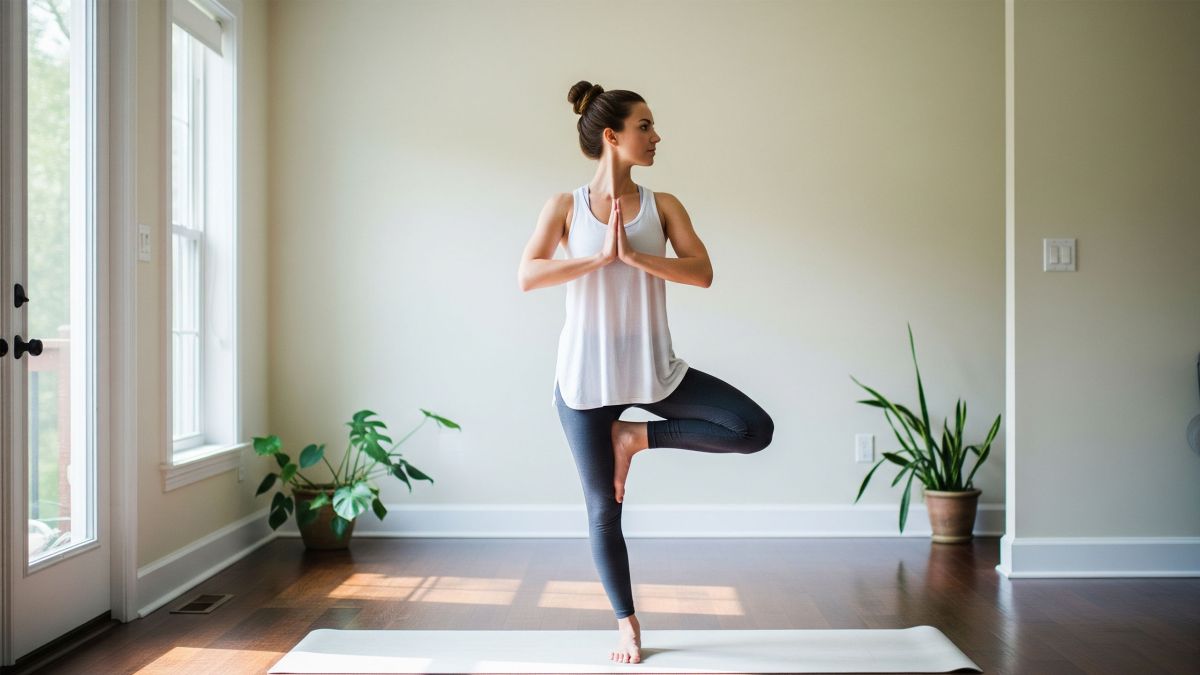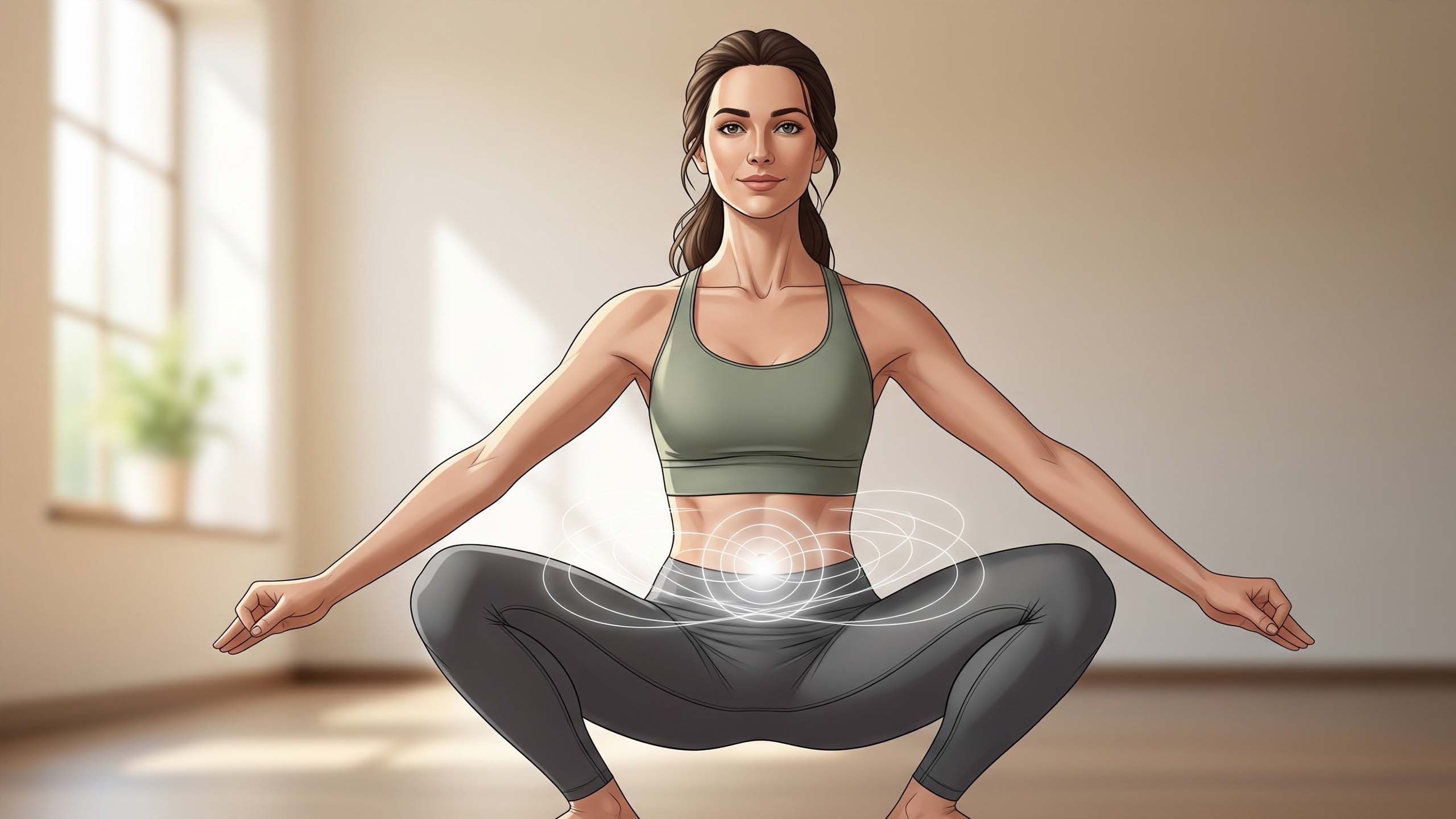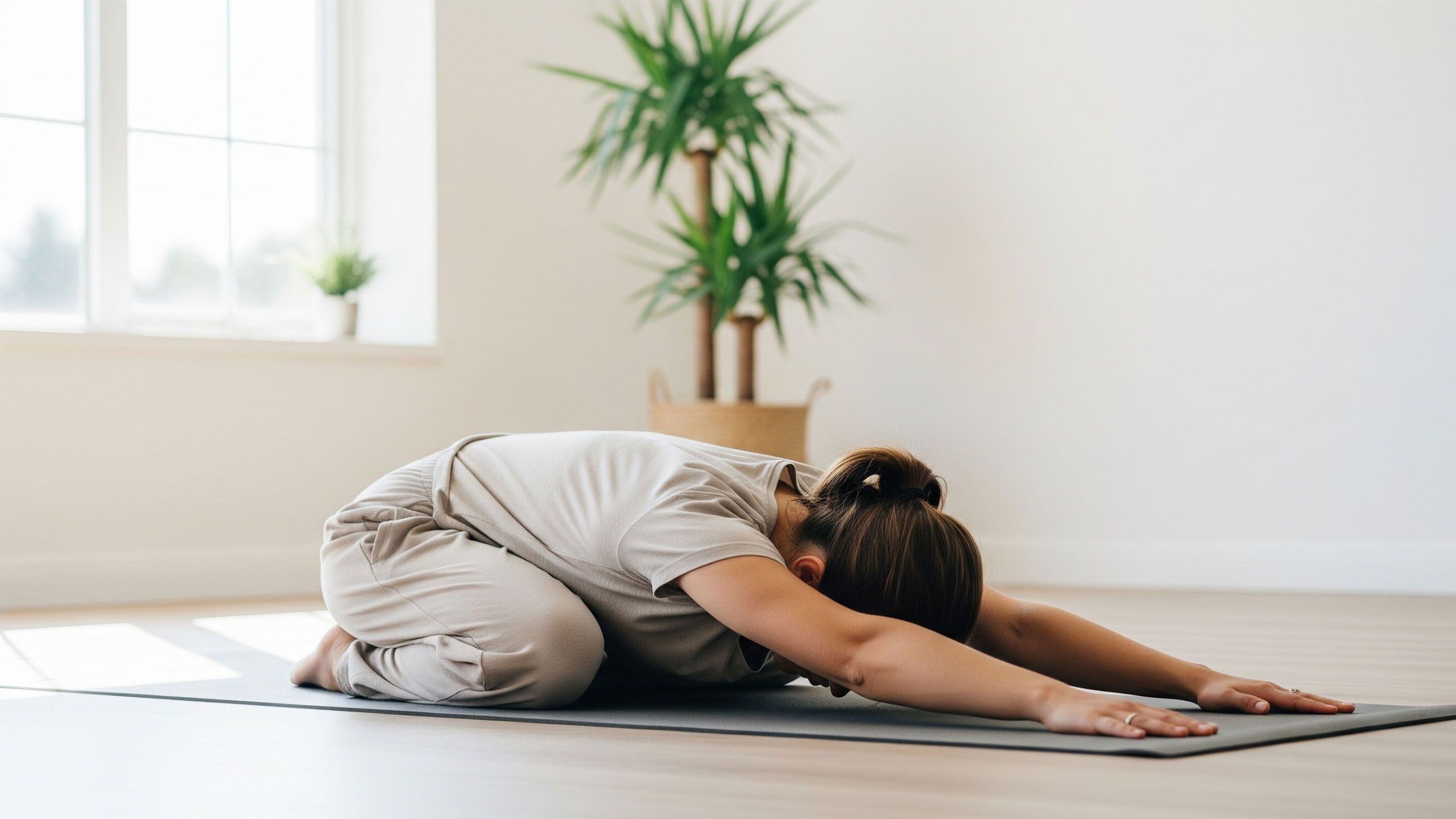Pelvic Power: 7 Gentle Movements to Strengthen Your Core and Support Vaginal Vitality

The Pelvic Floor Is the Root of the Body—It Deserves Attention
Our bodies are intricate systems where strength often begins in unexpected places. One such foundational area is the pelvic floor—a complex network of muscles, ligaments, and connective tissue that serves as the root of our core. Often overlooked in fitness routines and wellness conversations, the pelvic floor plays a vital role in our physical and emotional health. By nurturing this hidden powerhouse, we not only fortify our core stability but also promote vaginal vitality, support overall well-being, and embrace a deeper connection with our bodies.
Why It Matters: More Than Just Muscles
The pelvic floor might be out of sight, but it’s never out of function. It forms a natural hammock supporting the bladder, uterus, and rectum, holding these vital organs in place against the forces of gravity and daily movement. When strong and healthy, these muscles help prevent urinary and fecal incontinence, reduce the risk of pelvic organ prolapse, and ease childbirth recovery. Beyond physical support, a resilient pelvic floor enhances sexual pleasure by increasing sensitivity and control, helping to cultivate a more intimate relationship with your body.
Unfortunately, factors like aging, childbirth, stress, and prolonged sitting can weaken these muscles. That’s why incorporating gentle, targeted movements into your daily routine is a powerful step toward sustaining pelvic health and vaginal vitality.
7 Gentle Movements to Awaken and Strengthen Your Pelvic Floor
Here are seven mindful exercises designed to honor your pelvic floor, build strength, and encourage relaxation—all while enhancing your core connection.
1. Cat-Cow with Pelvic Tilt
This classic yoga sequence warms up the spine while bringing awareness to the pelvic area.
-
Begin on all fours, hands under shoulders, knees under hips.
-
As you inhale, arch your back, lifting your tailbone and chest toward the ceiling, gently tilting the pelvis forward (Cow pose).
-
Exhale, round your spine, tuck your tailbone under, and gently engage the pelvic floor muscles (Cat pose).
-
Repeat slowly for 8-10 rounds, syncing breath with movement.
This flow encourages mobility and subtle pelvic engagement without strain.
2. Squats with Breath Focus
Squats are excellent for strengthening the legs and pelvic floor, especially when combined with mindful breathing.
-
Stand with feet hip-width apart, toes slightly turned out.
-
Inhale deeply, engaging your pelvic floor muscles gently.
-
Exhale as you lower into a squat, keeping weight on your heels, chest lifted, and pelvis aligned.
-
Inhale to rise back up, maintaining pelvic engagement.
-
Perform 10 slow, controlled repetitions.
Focus on coordinating breath and pelvic awareness to build strength and stability.
3. Reclined Butterfly Pose
This restorative pose opens the hips and gently stretches the pelvic floor.
-
Lie on your back with knees bent and soles of the feet together.
-
Allow your knees to fall open toward the floor, creating a diamond shape.
-
Place hands softly on your belly or rest arms by your sides.
-
Breathe deeply, feeling gentle openness in the pelvic region.
-
Hold for 2-3 minutes, relaxing into the stretch.
Reclined butterfly supports relaxation and flexibility in pelvic muscles.
4. Pelvic Tilts on the Floor
Simple yet effective, pelvic tilts mobilize and strengthen your core and pelvic floor.
-
Lie on your back with knees bent, feet flat on the floor hip-width apart.
-
Inhale, creating space in your lower back.
-
Exhale, gently tuck your pelvis under, flattening your lower back against the floor and engaging your pelvic floor.
-
Inhale to release.
-
Repeat for 12-15 slow repetitions.
This movement builds foundational awareness and strength.
5. Kegel Variations (with Release)
Kegels are well-known for pelvic floor strengthening, but practicing with intentional release is key.
-
Sit or lie comfortably.
-
Slowly contract your pelvic floor muscles as if stopping the flow of urine.
-
Hold for 3-5 seconds.
-
Slowly release the contraction completely, relaxing the muscles fully.
-
Repeat 10-15 times.
Vary the speed and duration to explore different levels of engagement and ensure the muscles remain supple, not tense.
6. Pelvic Circles (Belly Dance Style)
Adding a playful, rhythmic movement stimulates pelvic mobility and muscle control.
-
Stand or sit with a tall spine.
-
Begin moving your pelvis in slow, circular motions—like gentle belly dancing.
-
Focus on fluidity and ease rather than force.
-
Change direction after 10-12 rotations.
-
Continue for 2-3 minutes.
This movement increases blood flow and promotes a joyful connection with your pelvic area.
7. Supported Bridge Pose
This pose gently activates the glutes and pelvic floor while relieving tension.
-
Lie on your back with knees bent, feet flat on the floor hip-width apart.
-
Place a yoga block or firm cushion under your sacrum (the base of the spine).
-
Relax your arms by your sides.
-
Hold the position for 2-3 minutes, breathing deeply.
-
When ready, lift your hips off the support for a dynamic bridge, engaging the pelvic floor as you lift and lowering slowly.
Supported bridge encourages strength with relaxation and ease.
Tips for Integration: Making Pelvic Care a Daily Ritual
Incorporating these movements consistently can transform your pelvic health over time. Here are some tips to support your practice:
-
Create a Routine: Dedicate 10-15 minutes daily, perhaps morning or evening, to these exercises.
-
Listen to Your Body: Move gently and avoid any pain or discomfort.
-
Breathe Deeply: Breath connects the mind and body, enhancing muscle engagement and relaxation.
-
Stay Present: Use these moments to tune into your body’s signals and cultivate mindfulness.
-
Gradually Increase Intensity: Start slow and build strength progressively.
Remember, the goal is to cultivate tone and resilience, not tension.
Strong Doesn’t Mean Tense—Aim for Tone and Relaxation
Pelvic power is about balance—strengthening your core muscles while maintaining the ability to relax them fully. Through gentle movement, mindful breathing, and daily care, you can nurture a pelvic floor that supports your health, vitality, and pleasure for years to come. The root of your body deserves this attention. By honoring it, you empower your whole self.
Disclaimer: The articles and information provided by the Vagina Institute are for informational and educational purposes only. This content is not intended to be a substitute for professional medical advice, diagnosis, or treatment. Always seek the advice of your physician or another qualified health provider with any questions you may have regarding a medical condition.


 English
English  Deutsch
Deutsch  Español
Español  Français
Français 




